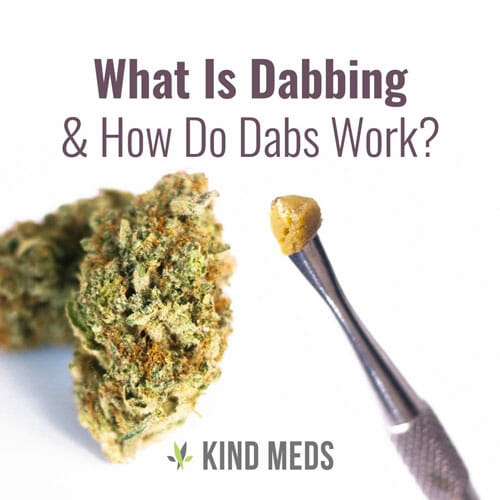Don’t Make These 7 Common Missteps While Cooking Cannabis Edibles
Written by Chris Weatherall on Mar 7, 2019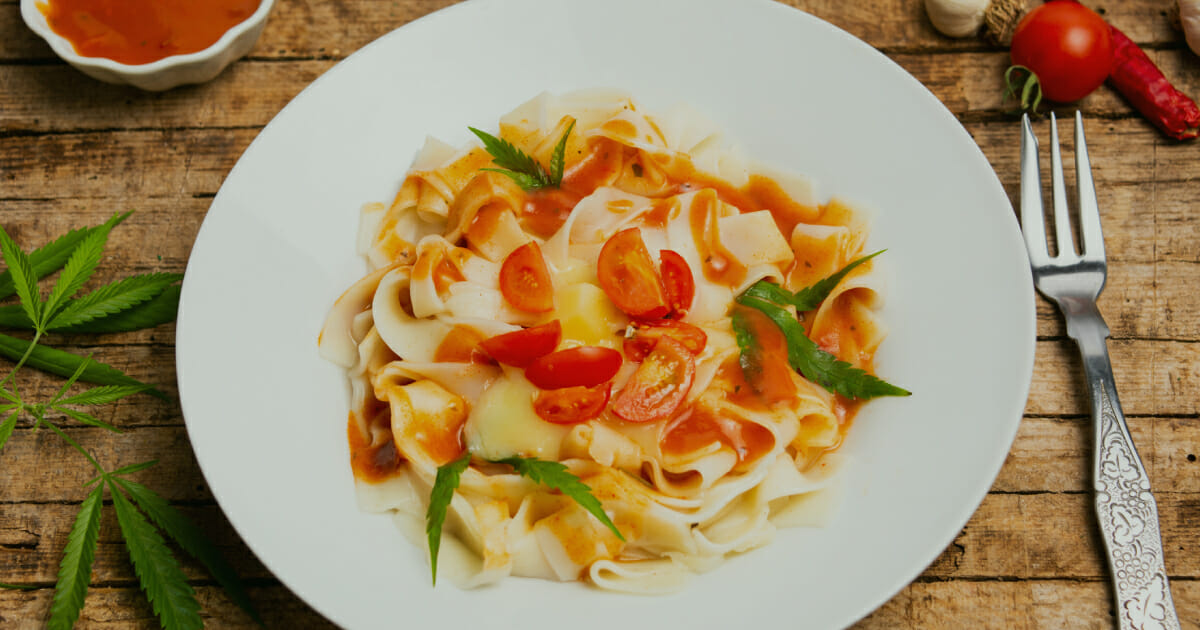
Cooking your own cannabis edibles can save money and be a fun way to create concoctions to enjoy cannabis however you are highly vulnerable to mistakes especially when you are not fully equipped with substantial amount of knowledge.
You may want to make cannabutter or cannaoil to use in future cooking projects, or dabble in more difficult recipes such as cannabis-infused sugar or latkes. Either way, make sure you avoid these seven common cannabis edibles cooking mistakes.
1. Cooking With Raw Cannabis
Raw cannabis does not have activated tetrahydrocannabinol, or THC. This is the element in cannabis that produces psychoactive effects.
THC needs heat to activate. Tossing raw cannabis into your culinary creation will not result in the high you want. It will also fail to allow the cannabinoids to bind to fat in the food.
Instead of infusing edibles with the cannabis, therefore, you will just be throwing raw bud into a recipe. In essence, you will waste the cannabis and you won’t produce the desired end product.
Don’t add cannabis into your recipe raw. Activate the THC through decarboxylation.
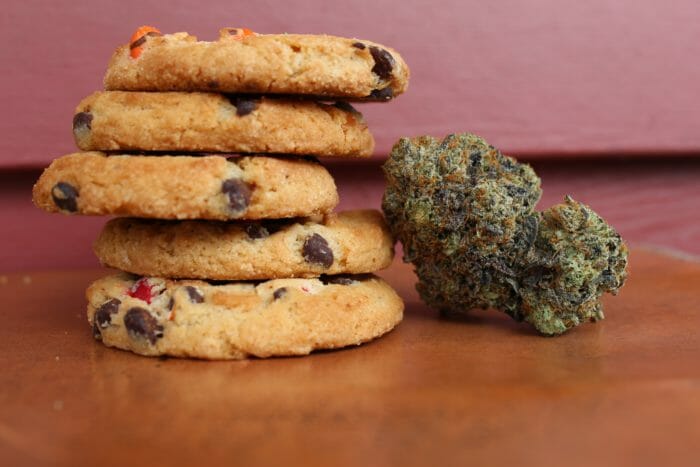
Simply grind the cannabis down, place it on a baking sheet, and bake at temperatures around 240 to 250 degrees Fahrenheit for an hour. The heat will activate the THC and allow your cannabis to bind to fats in your recipe.
If you’re making cannabis-infused butter, you will need to keep the temperature low for a long period of time while the bud sits in the fat.
2. Using Too Much Cannabis
Don’t waste money by tossing in more bud than you need. A little goes a long way when it comes to cooking cannabis edibles.
Follow a recipe if it’s your first time, before your experiment goes awry.
You also do not need the highest-quality cannabis to cook edibles. You can use stems, leaves, shake, or mixed bud to create delicious and potent cannabis edibles while saving money (but don’t forget to bake it first).
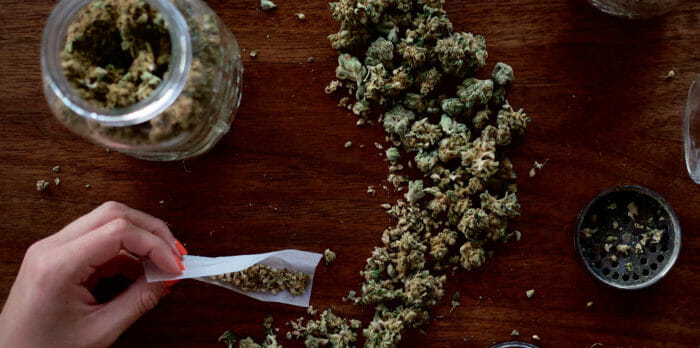
3. Grinding The Cannabis Too Fine
You may assume you need to grind the cannabis as fine as possible for it to blend well with a recipe or with your butter.
This is not the case.
Grinding too fine can change the taste of the bud, giving it a grassy flavor that can be strong and unpleasant in most edibles.
Grinding cannabis too fine can also give your cannabutter or oil a funny green appearance.
Use a course grinder to give your buds the consistency of about table salt for ideal edibles.
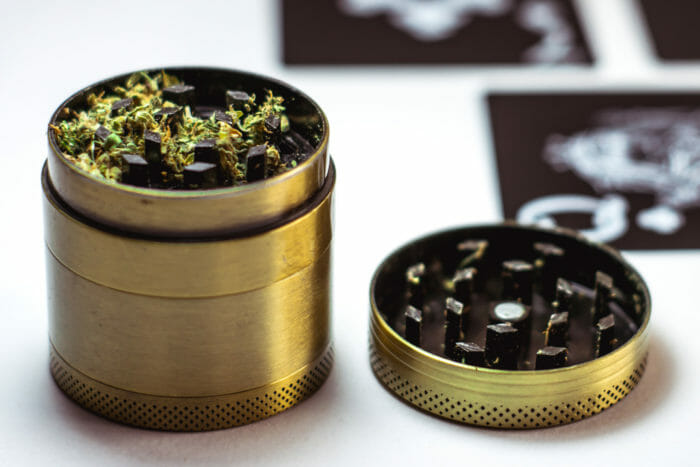
4. Not Adding Water For Cannabutter
Cannabutter is one of the most popular edibles to cook at home; yet many first-time cannabis chefs make a critical error: they don’t add water to the mixture.
Although it’s not mandatory, adding water can help the flavor and bake of your edibles.
Adding water when making cannabutter, especially on the stovetop, can help the cannabis and fats infuse without burning.
Burning the cannabis can lead to a scorched, ash taste. Water can wash out the green color and prevent a strong grassy flavor.
Generally, add as much water as you do oil or butter. Don’t worry – the water will boil off.
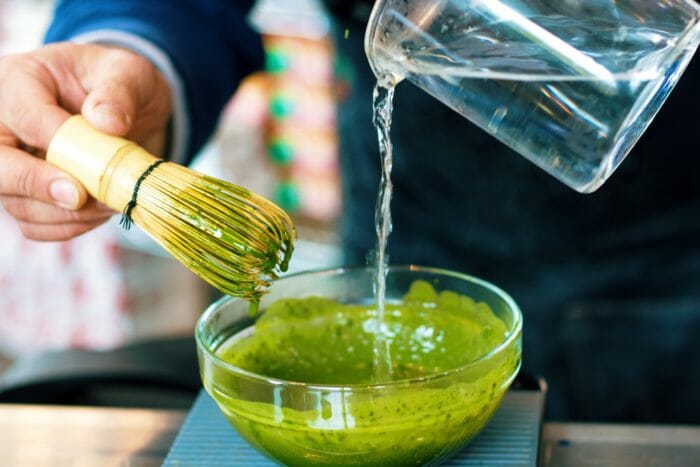
Check Out Our THC Cannabutter Dosage Calculator
5. Using Too-High Temperatures
Most cannabis edibles cook best low and slow.
THC will completely breakdown (rendering it useless) at 393 degrees Fahrenheit.
However, it will already start breaking down at much lower temperatures.
Maintain the integrity of your cannabis by making sure not to crank up the heat too much.
Adding water to recipes can help, since water has a boiling temperature of 212 degrees.
Pay attention to temperature when making edibles, and don’t use cannaoil for frying or sautéing.
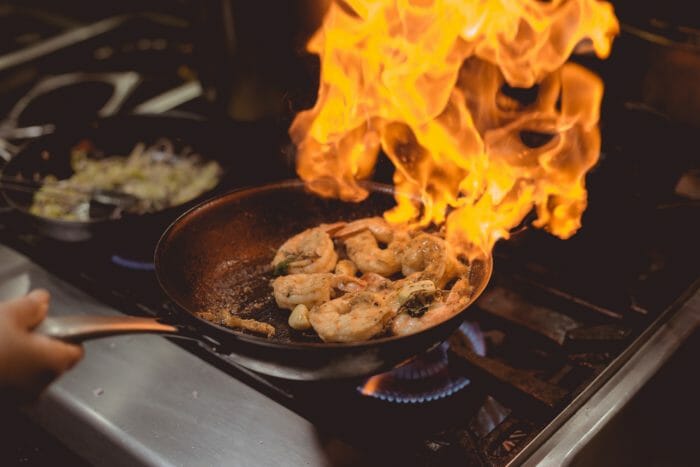
6. Not Using Enough Oil
Many of the best cannabis edible recipes call for cannaoil.
Make sure to follow the recipe for the amount of oil or to put enough if you aren’t following a recipe. Not using enough could lead to a disappointing lack of a buzz, and a waste of oil.
Pay attention to portion sizes.
Disperse the cannaoil evenly throughout the mixture, and gauge an appropriate amount of oil you’ll need for the recipe based on desired potency.
Experiment with different amounts of cannaoil and see how you feel. Then, multiply the correct dosage per serving of the recipe.
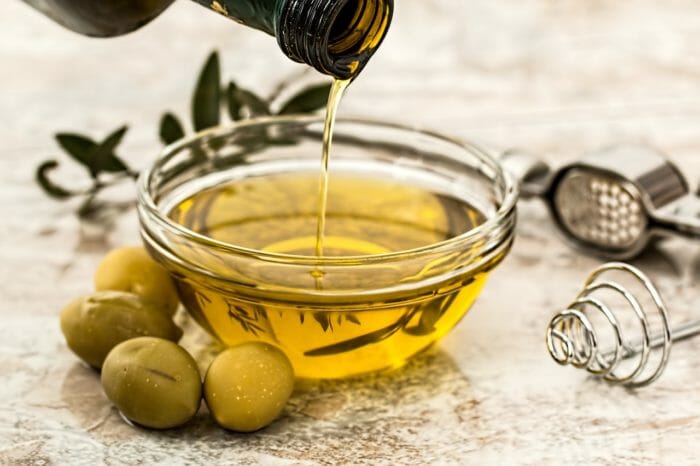
7. Failing On The Seasoning
Cooking edibles isn’t only about the cannabis. What you make should taste good, too.
Many first-time cannabis chefs make the mistake of not putting enough spices or flavors in a dish. This can lead to an edible treat that tastes more like raw bud.
Look for recipes with lots of spices to mask the grassy taste. Add new flavors to an old recipe to see how well they mask the taste of cannabis in the final product.
Get some trusted friends to taste-test new edible recipes for you. Remember, your edibles don’t only have to be desserts or sweets.
Some of the best edible recipes are savory dishes.
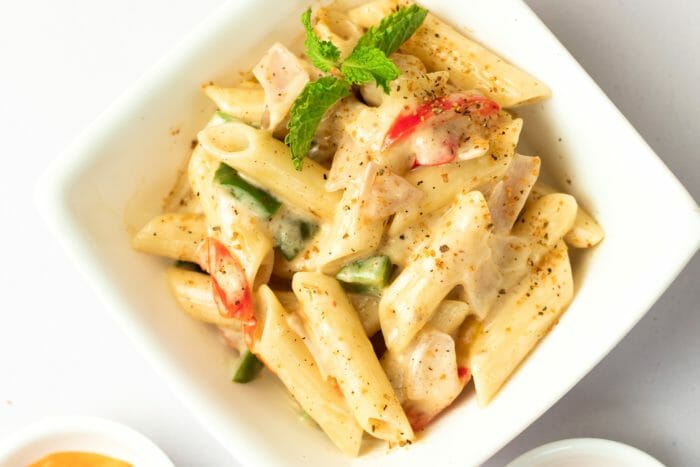
Experiment In Your Kitchen
Cooking your own cannabis edibles is a great way to enjoy the process as much as the finished masterpiece.
Whether this is your first attempt or you’ve already had a few cannabis disasters in the kitchen, avoid these seven common mistakes for better bakes.
Kind Meds offer great selection of edibles.
Do Not Compromise, Purchase High Quality Edibles






